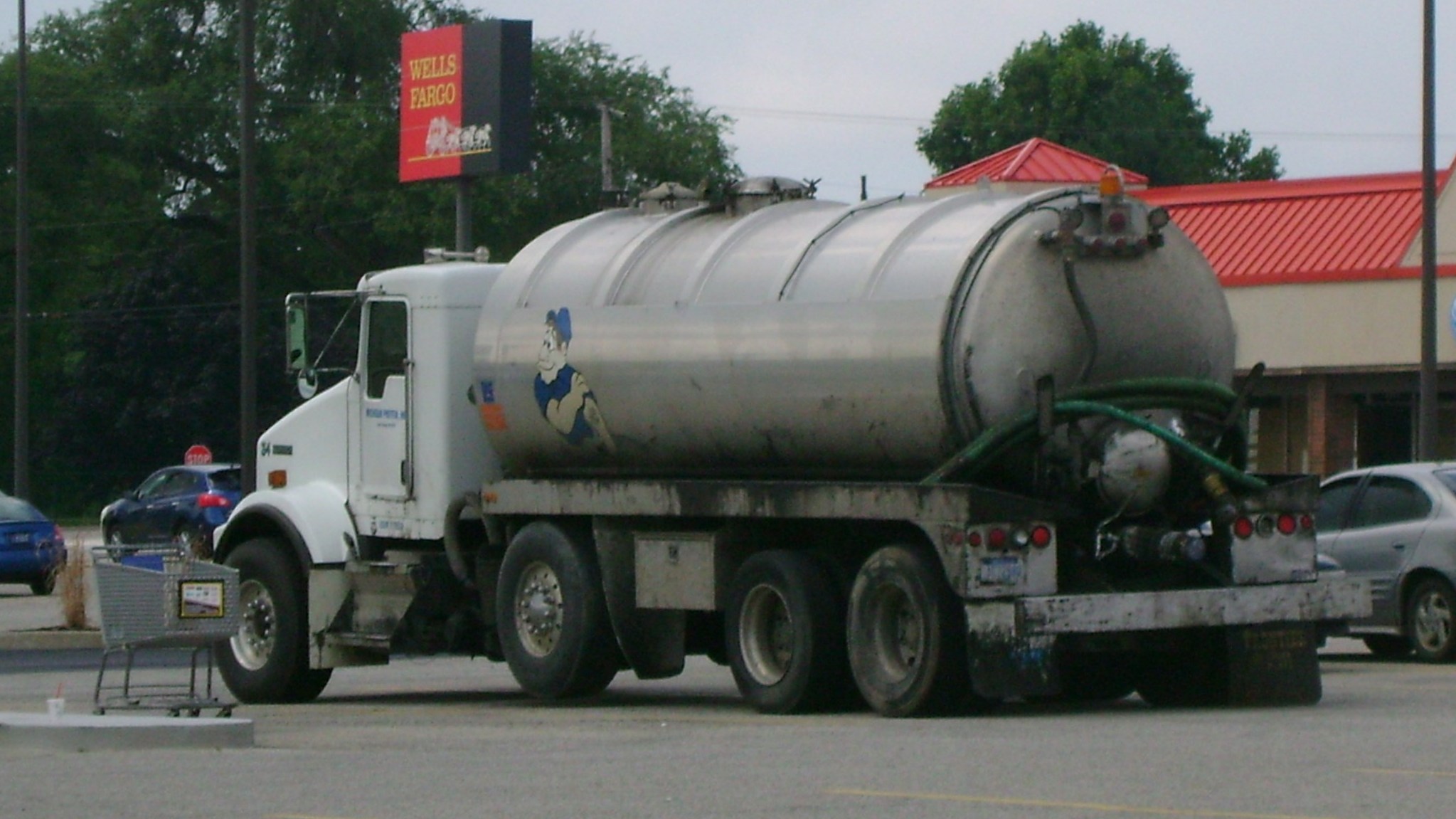Septic vacuum trucks used to suction out septic tanks are highly specialized industrial vehicles, designed to withstand the rigors of this unsavory job. Daily maintenance and inspections are a priority to ensure things are running correctly; being carefully cleaned after emptying is part of that maintenance. Constantly in contact with infectious and corrosive waste material, these industrial units need adequate protection from harmful elements, as do their operators.
A septic pumping job is far from over when the vacuum truck leaves an area after having emptied the septic reservoir. Obviously, the unit’s tank needs to be emptied at a designated dumping facility. Once that has been completed, it is important to clean the vehicle, inside and out, and prepare it for the next day’s use.
Here is a chronological listing of the steps that occur after suctioning raw sewage into a septic truck.
- Treatment Plants: Sewage is usually taken directly to waste treatment plants where it is offloaded under pressure from the vehicle into a larger sewage holding tank. At this point, the contents are processed through treatment although there is still work to be done before the vehicle can be parked for the day.
- Sludge Removal: It is critical that the inside of septic trucks are cleaned after off-loading. Solid material left in the bottom will not only become harder to remove, it will begin to take tank space which could affect the ability to completely pump out a septic system. If it is noticed that a truck tank has been filling to capacity and holding less pumped material, it is a good indicator that there is a layer of sludge in the bottom that must be properly removed.
- Sewage Plant Protection: Cleaning not only protects the machinery but the sewage tanks and equipment at waste treatment plants as well. Receiving mixed or unknown waste material and dumping it into sewage tanks can spell disaster. Chemical reactions can take place as well as fires and explosions. Therefore, in order to contribute to protecting what they deal with, treatment plants provide truck wash stations for use before vehicles leave a facility.
Cleaning Procedures
Cleaning the inside of a septic truck varies depending on the type type of tank, although most generally have two manhole openings for interior access for this very purpose.
- Water or Vibration Removal: The interior is sprayed with water and disinfectants where applicable, removing any sludge on the bottom. If there is sludge that is difficult to take out, a device called a vibrator can be attached to vibrate the tank, loosening the inside layers of solid material.
- Manual Removal: If the above method does not work or if sludge that has been inside the tank for a while, the only way to eliminate it is manually. Operators have to either enter the tank or work from the manholes, digging out any residual material. Once the interior of the vacuum tank and hoses have been properly cleaned of all liquid and stuck-on solid materials, the exterior of the truck can be cleaned to remove any residual waste.
- Wash Stations: For safety reasons, wash stations are provided with wash water bins. Throughout the entire cleaning process, wash water runoff is collected in large bins since this, too, is now considered to be contaminated. The water in these bins will then be added to the sewage reservoirs.
Only after a thorough cleansing is the vacuum truck considered to be ready for use. There should be little or no trace of any material remaining that was in the truck when the job was completed, making it safe for any subsequent jobs.
Keeping the interior of a septic truck’s tank clean is not easy. However, for the safety provided it is well worth the extra effort. It will also reduce the risks involved when someone has to climb in and dig out the sludge — something that every operator should appreciate.
Enjoying our insights?
Subscribe to our newsletter to keep up with the latest industry trends and developments.
Stay Informed




















